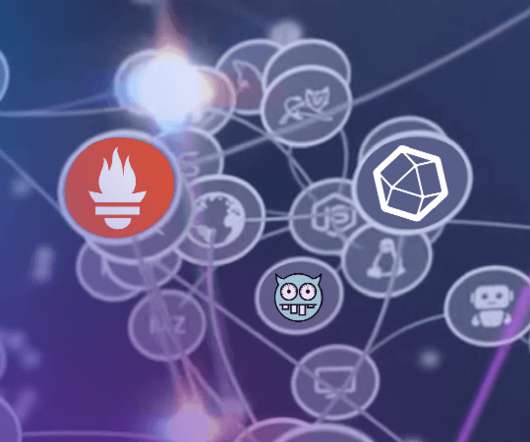Site reliability done right: 5 SRE best practices that deliver on business objectives
Dynatrace
MAY 31, 2023
Uptime Institute’s 2022 Outage Analysis report found that over 60% of system outages resulted in at least $100,000 in total losses, up from 39% in 2019. At the lowest level, SLIs provide a view of service availability, latency, performance, and capacity across systems. More than one in seven outages cost more than $1 million.












Let's personalize your content